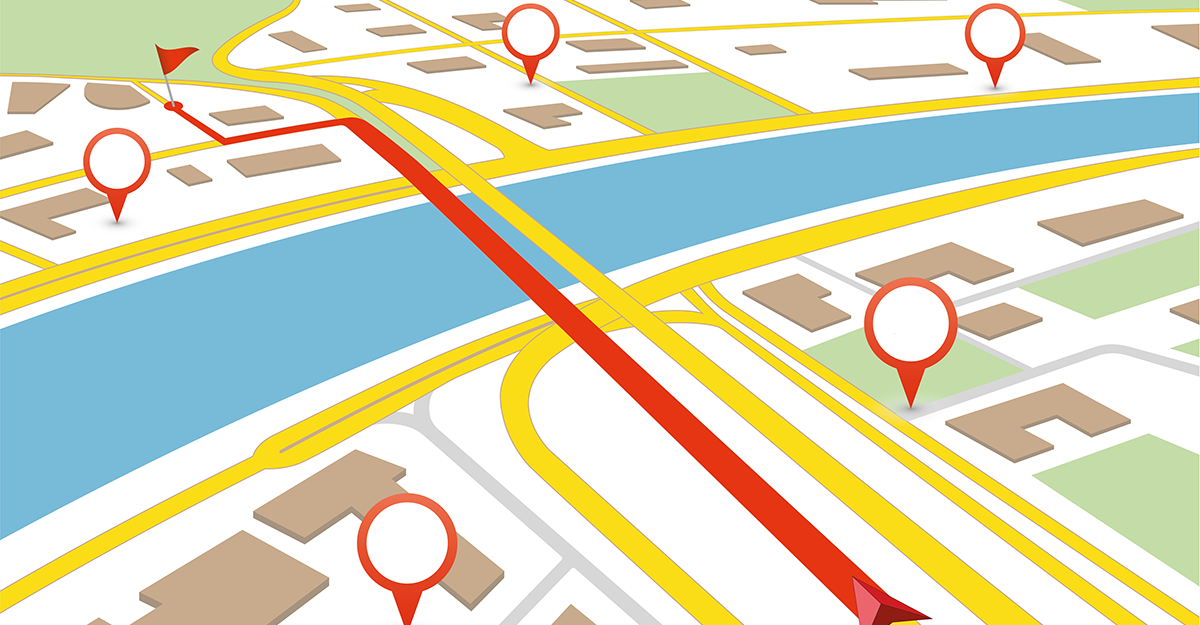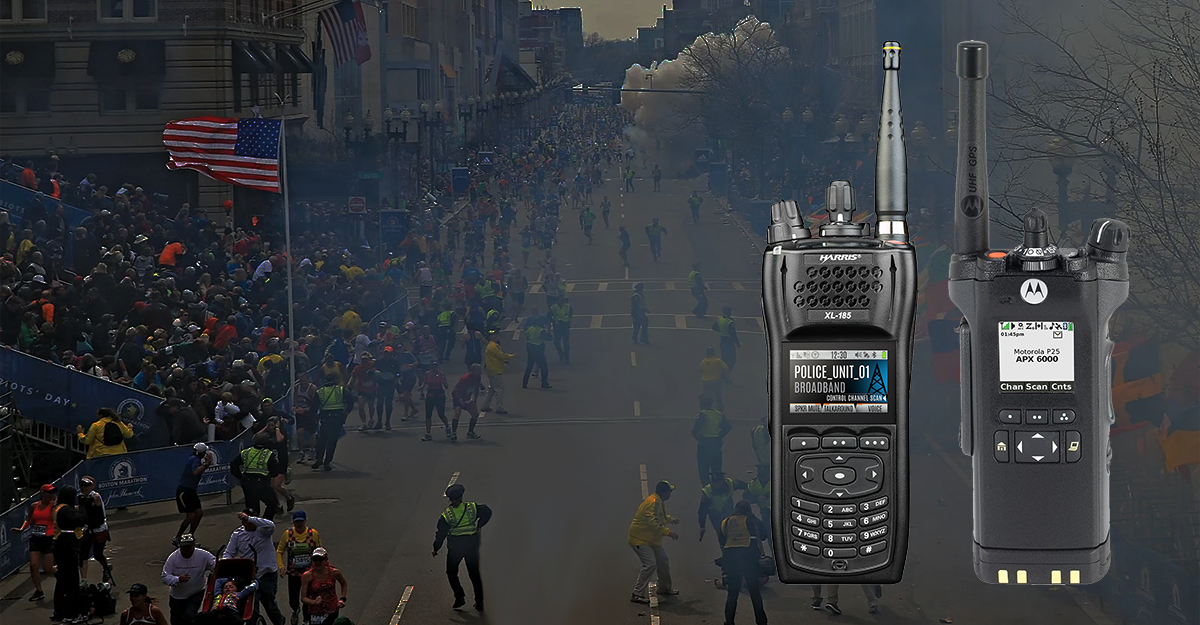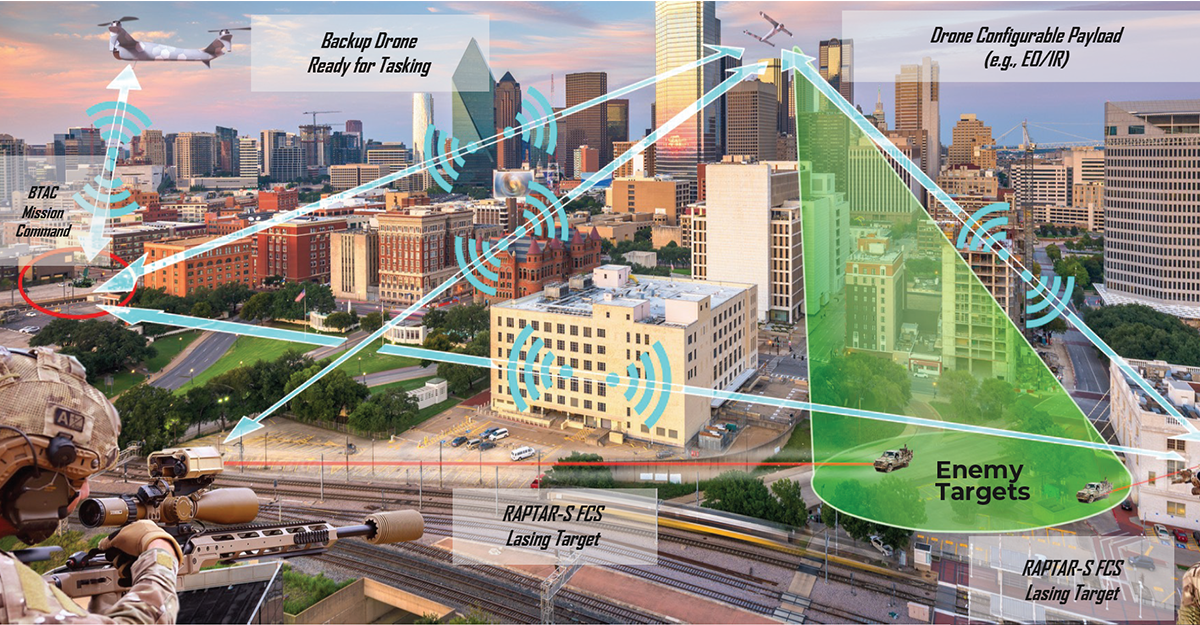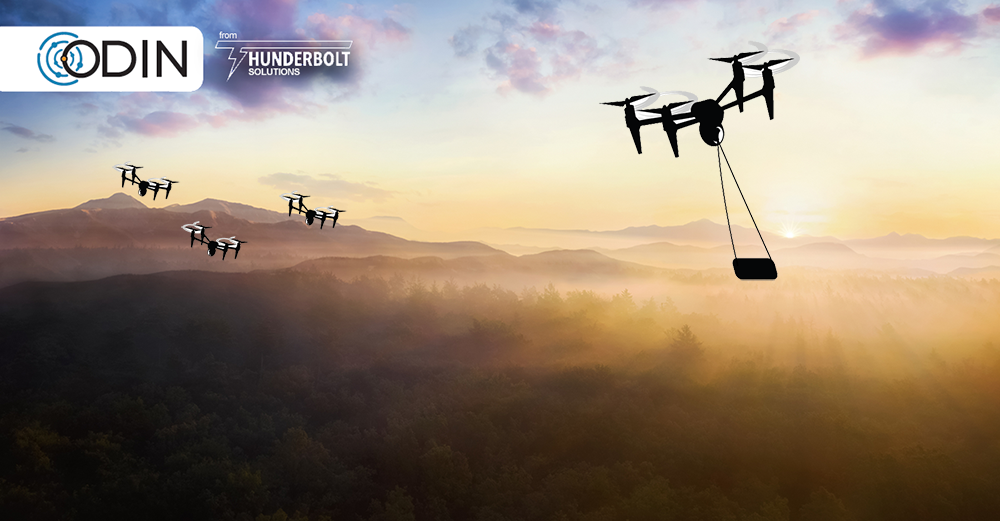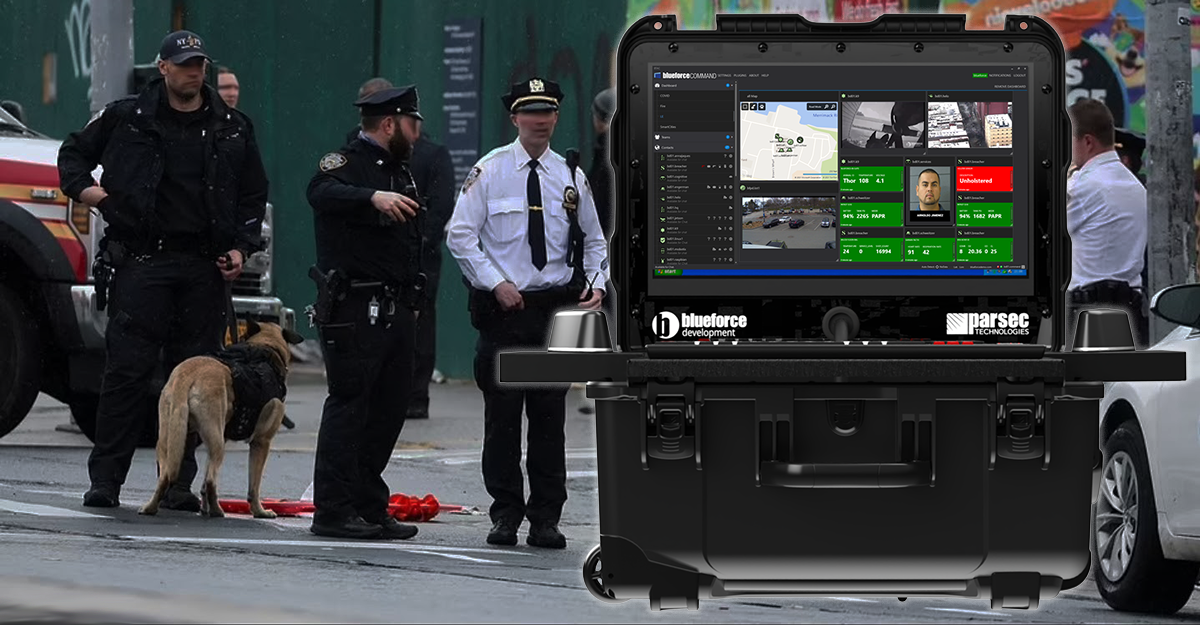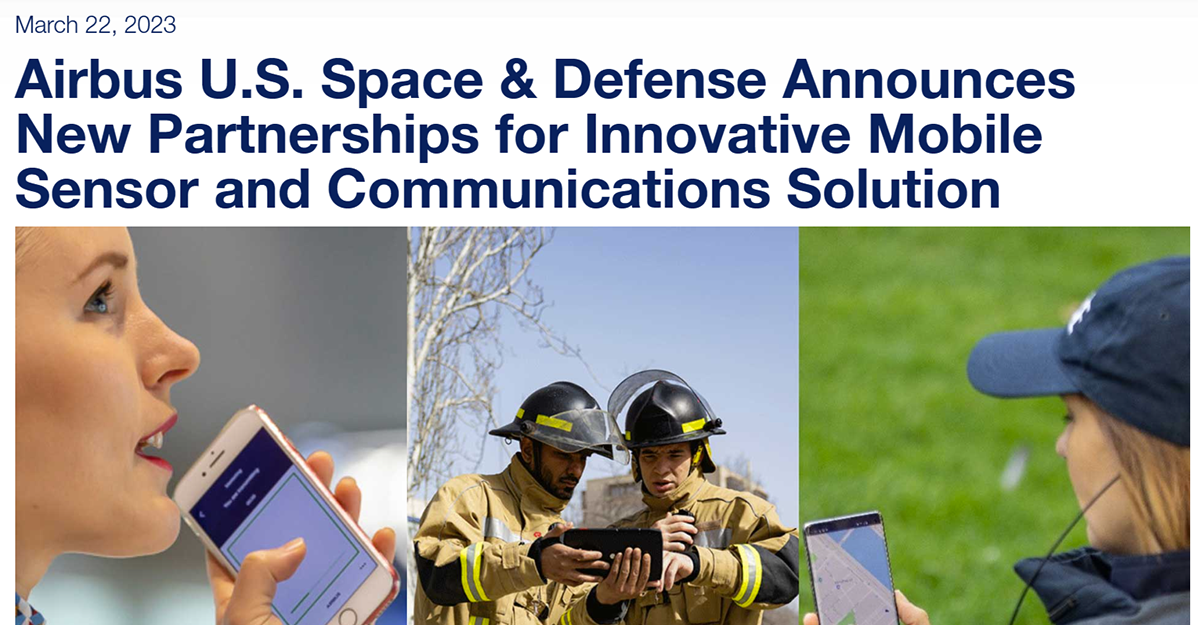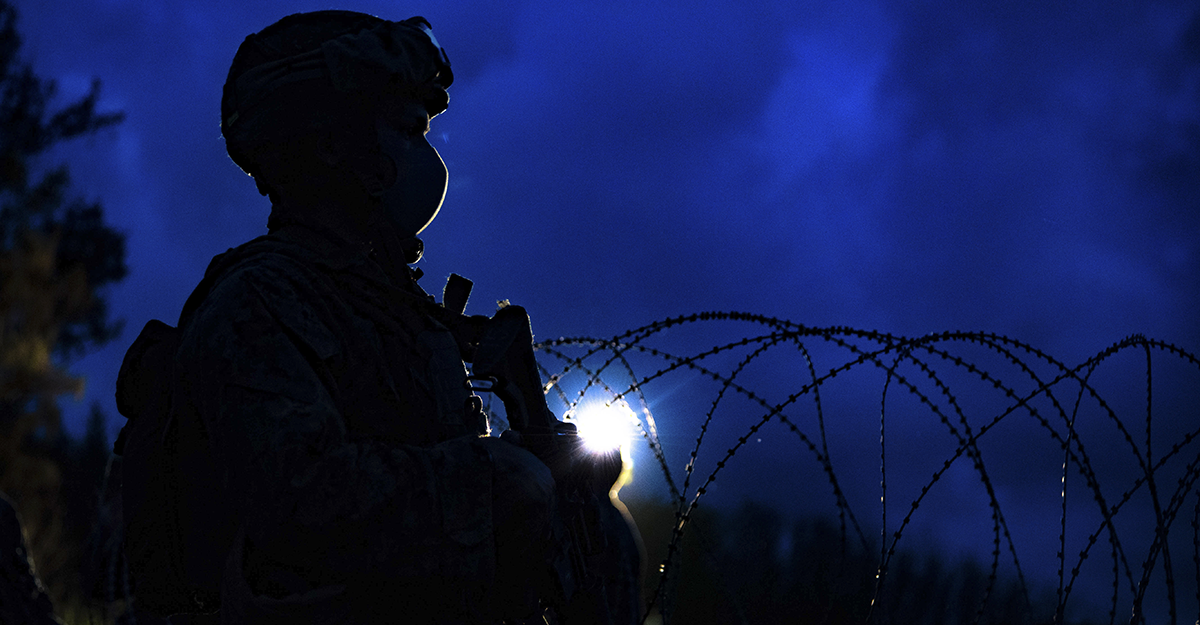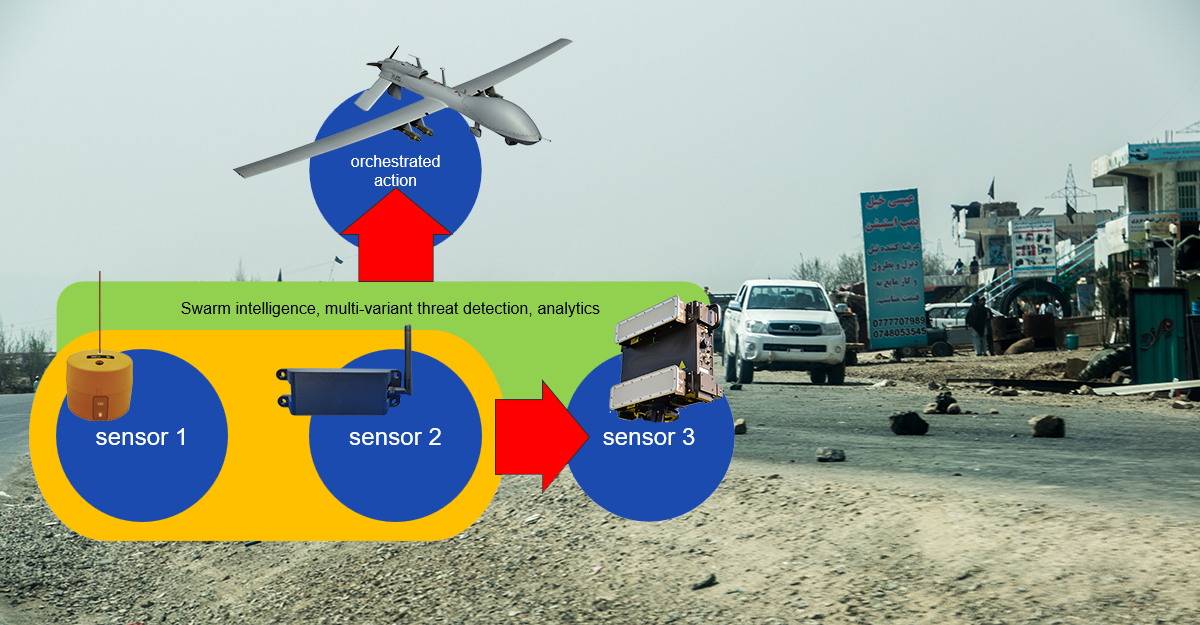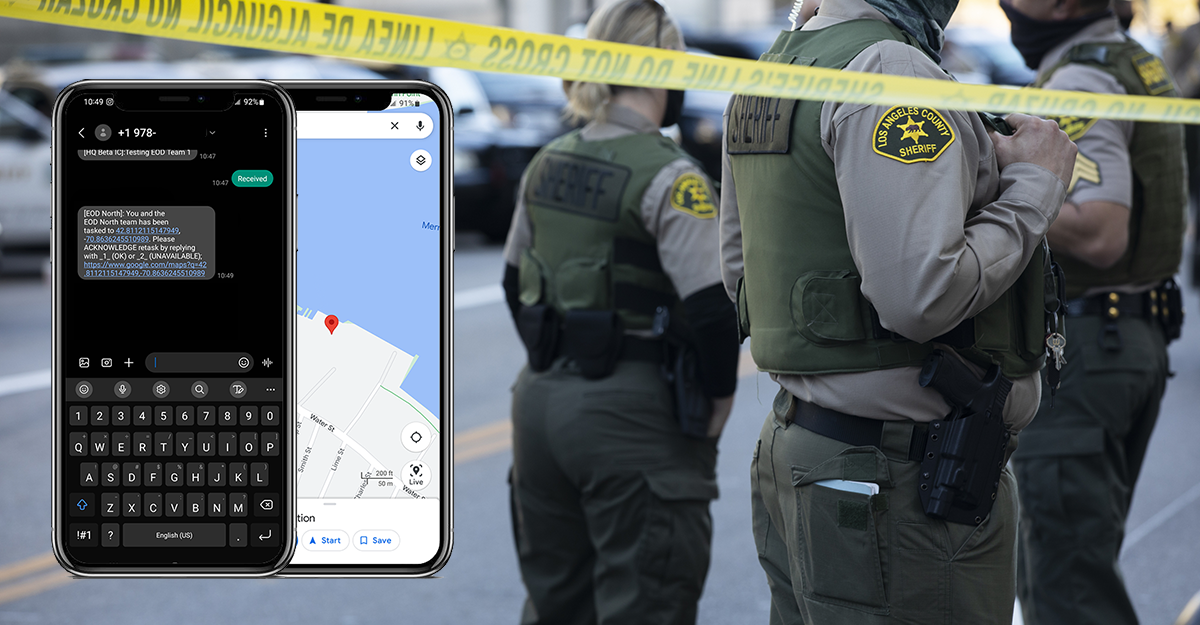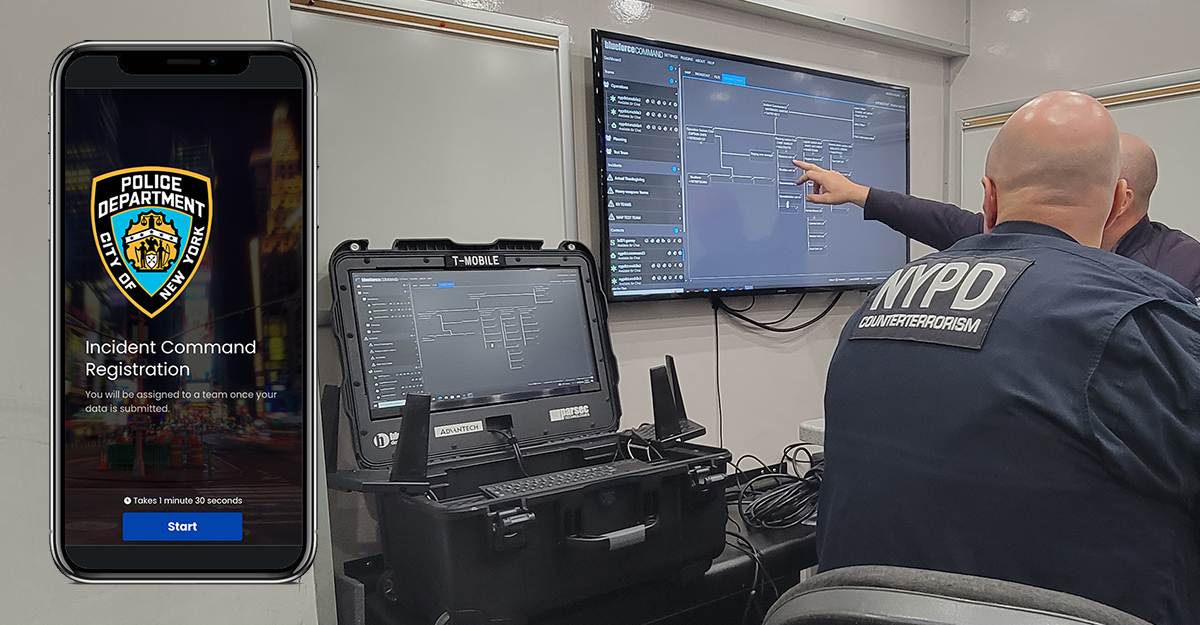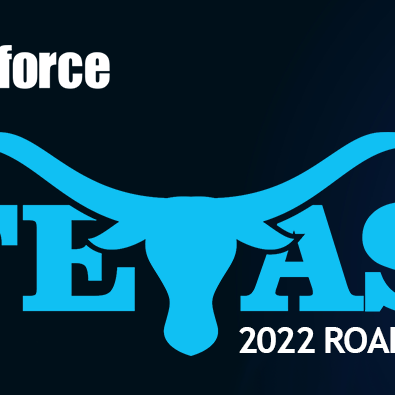Blueforce Plugin Series: Map Services Plugin
During complex emergencies or events, first responders often face several map-related challenges. Some of these challenges include having to utilize offline maps, data layers, and other geospatial data that contains important details and/or real-time data. During these events, first responders from different agencies, departments, towns, and even states may be called in, which means some responders and agencies will be responding to completely unfamiliar territory...
Read More

